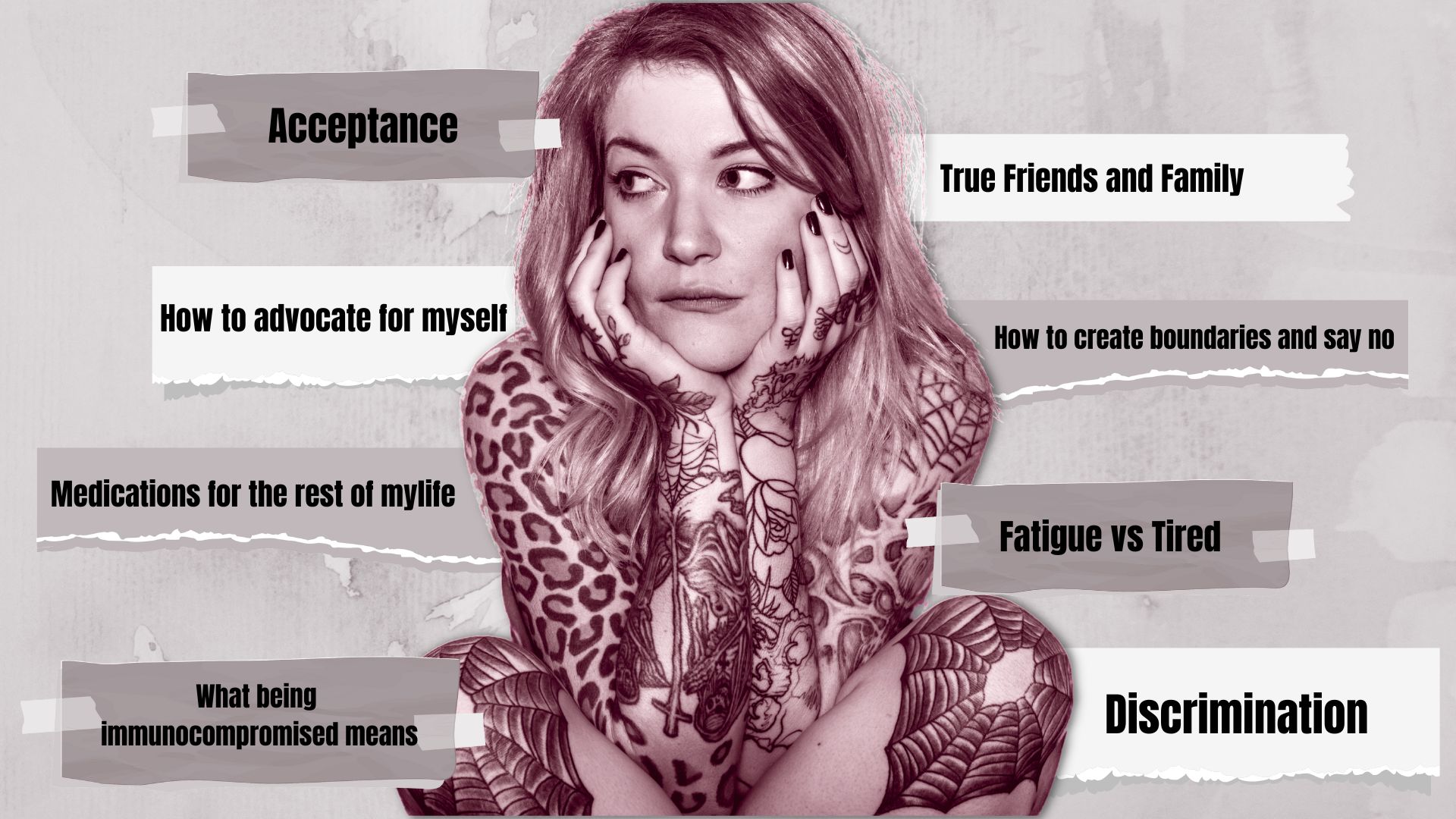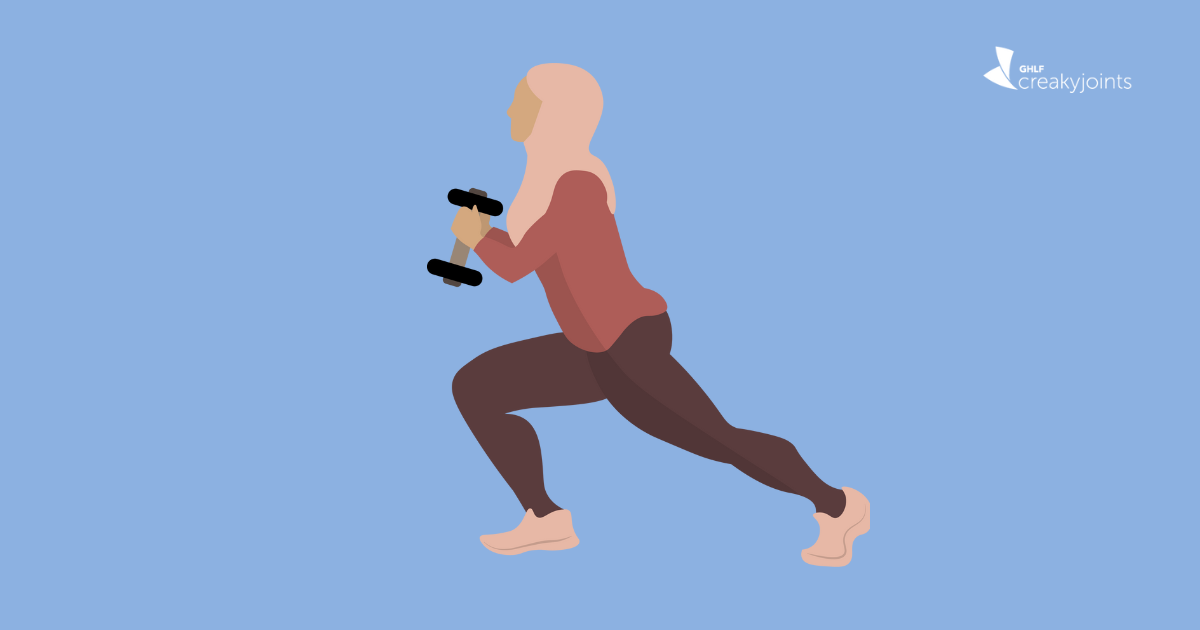Writing about living with osteoarthritis has allowed me to meet great people, share my experiences with others, and better understand how people are dealing with similar issues. Recently, because of my affiliation with CreakyJoints as an osteoarthritis (OA) blogger, I was provided a new opportunity – to share my story on a panel at a medical conference.
The moderator-led panel discussion was one-hour, and we described and answered questions about how osteoarthritis has affected each of our lives to an audience of pharmacists, clinical researchers, and doctors, all coming together for three days to discuss advances in OA treatments.
As someone suffering from the condition, it felt exciting to be part of the event, even if it was only for a few hours!
Here are my take-aways:
The Panel
Of the 3 individuals on the panel, we differed in age, sex (2 males and 1 female), and joints affected by osteoarthritis; ankle, hip, shoulder, neck and back. Each of us had our own story about how we were diagnosed, how we continually manage our condition, and how we live with our daily aches and pains.
While our stories from when we were first diagnosed to how we managed the condition were unique, there were consistent themes present in all our experiences:
- Finding ways to cope
- Developing a sense of determination and not letting our condition get the best of us
- Fear/anxiety/nervousness about how our joints will be affected by our OA in the future
- Excitement for potential treatments
As a panel, we collectively wanted to let the audience know that treating OA involves more than treating just the affected joint(s). There are social, emotional, and other physical issues at play at need to be addressed. To have a better chance at properly managing OA, we told the audience that other professionals should be included in the treatment of OA, including: nutritionists, physical therapists, and psychologists. Without a strong support system, managing OA becomes more of an uphill battle for anyone, regardless of how many joints are affected or how long it’s been since diagnosis.
Enthusiasm for the Future
The audience asked great questions about how we each coped, our hopes and fears, and how we learned to manage the condition. There was a genuine interest in all of our experiences and how we hoped medicine would be able to better help now or in the future.
While there might not be a cure for osteoarthritis in the immediate future, there are a lot of promising treatments on the horizon. There was an understanding that better options need to be made available and we saw that there is a lot of work is being done to find treatment options.
Conclusion
It was a wonderful experience to be in a room of people focused on trying to find a solution to a problem that affects millions of people, from those in their 20s, all the way up!
Personally speaking, while there is little that can be done for my ankle osteoarthritis, I came out of my short time at the conference excited for what’s in store over the next few years with regard to OA treatments and how others might be helped. There’s still a long way to go, but the work is getting done and some very smart people are determined to find ways to help those suffering from OA on a daily basis get back a live that works for them!
To read more about Ryan’s journey managing his OA visit his personal blog: My Life with Osteoarthritis





